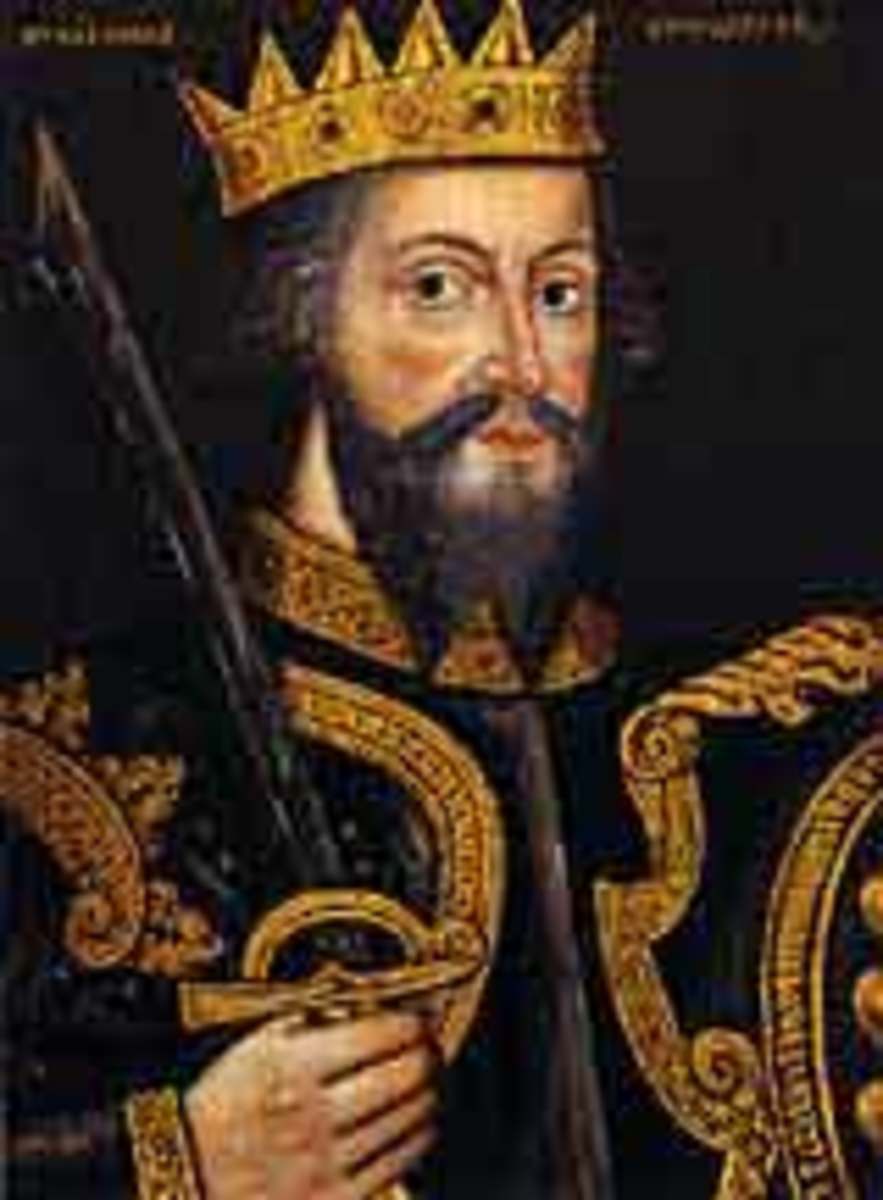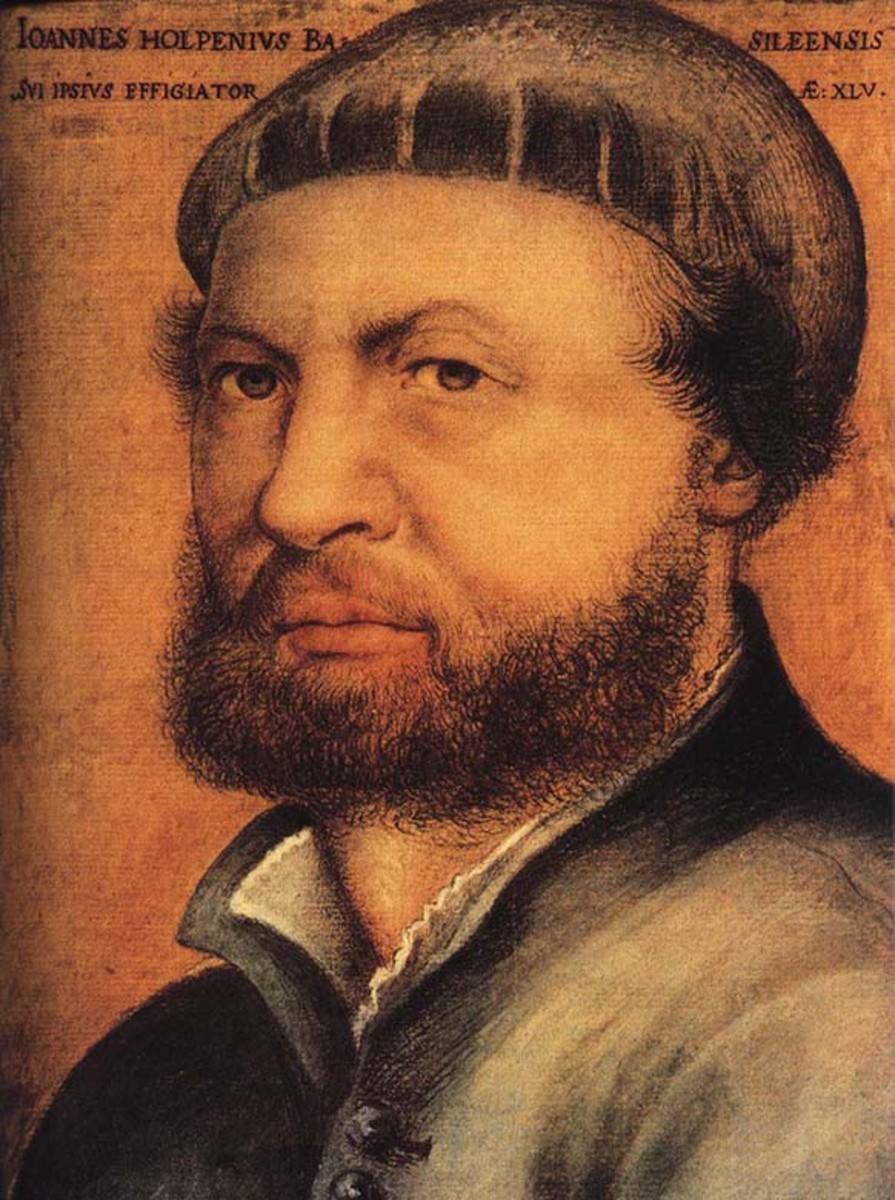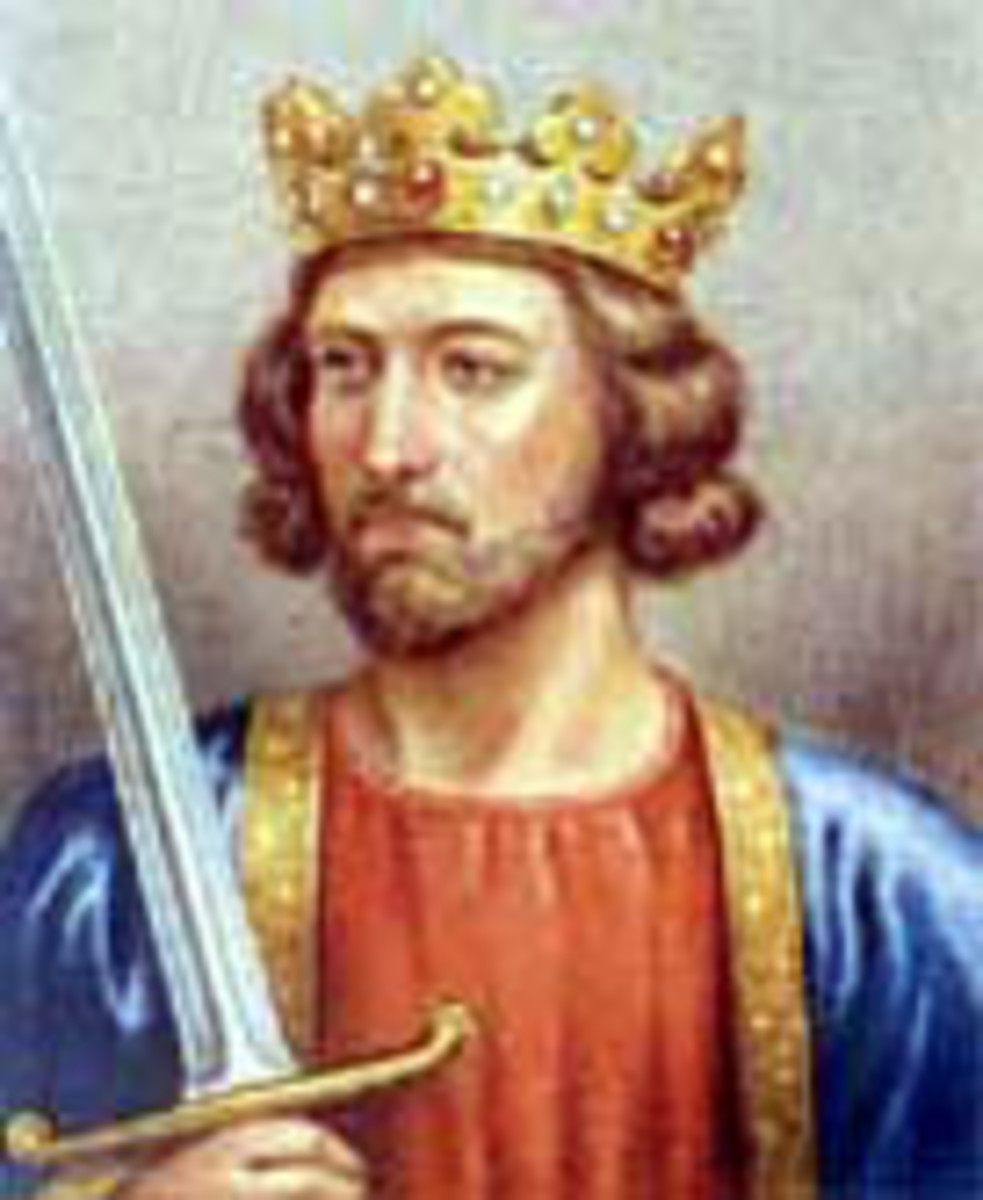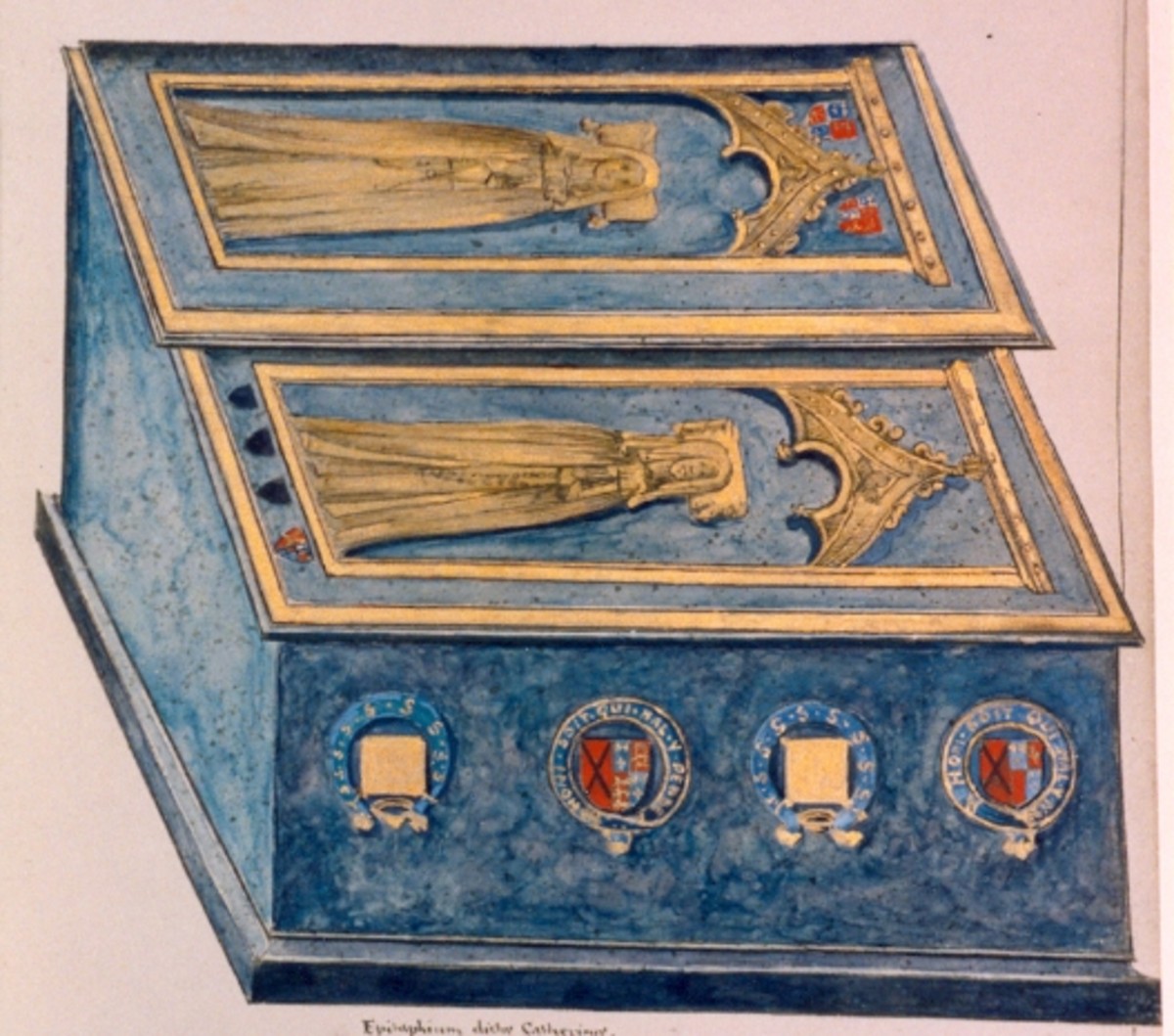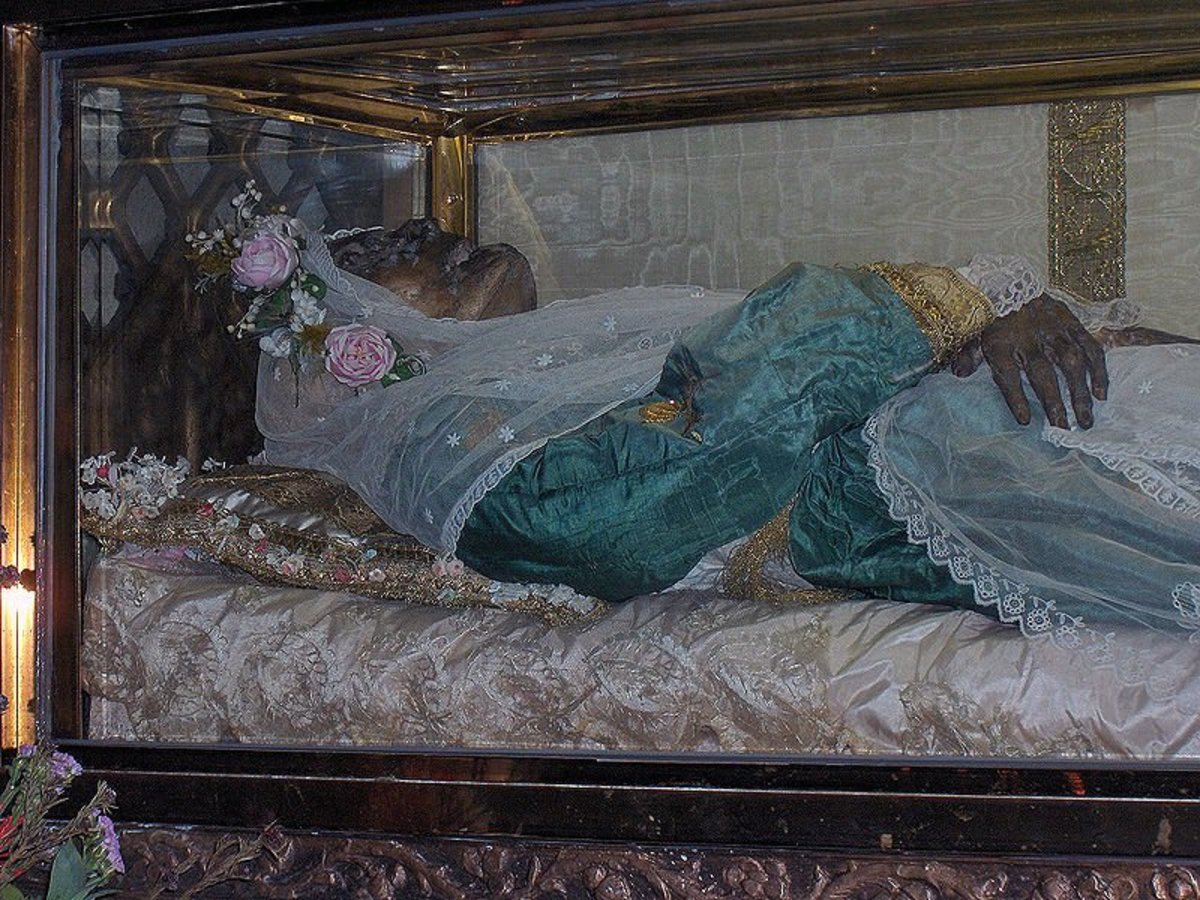Thomas Howard, 3rd Duke of Norfolk Dies: The Uncle of Two Queens
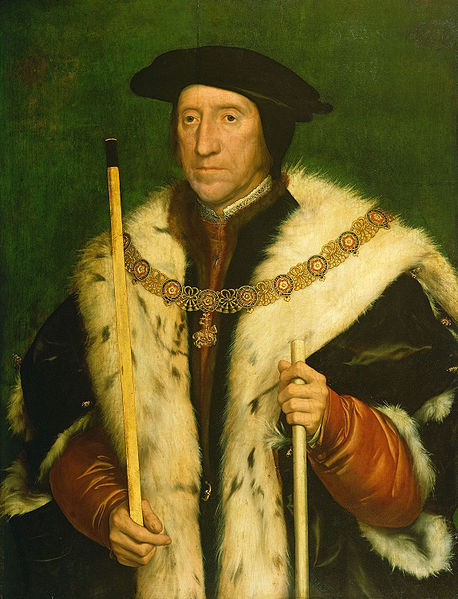
On August 25, 1554, Thomas Howard, 3rd Duke of Norfolk died. He was extremely lucky to have kept his head after being imprisoned in the tower in 1546. His saving grace was the fact that King Henry VIII died on January 28, 1547. Thomas Howard was one of the most influential men in Henry VIII’s court, especially after getting two nieces on the throne.
The Birth and Early Life of Thomas Howard
Thomas Howard was the eldest son of another Thomas Howard, the 2nd Duke of Norfolk and Elizabeth Tilney. Through Thomas of Brotherton, 1st Earl of Norfolk, he was a descendent of King Edward I and did have a claim to the throne but his grandfather, John Howard, 1st Duke of Norfolk, and father fought for the House of York, losing during the Battle of Bosworth fighting against Henry Tudor. John Howard was killed while fighting for King Richard III and the family forfeited all their titles when Henry Tudor became Henry VII of England.
Thomas Howard helped to improve his positioning through marriage. His first was to Edward IV’s fifth daughter, Anne Plantagenet on February 4, 1495. This was Henry VII’s sister-in-law after his marriage to Elizabeth of York, Edward IV’s eldest daughter. While Thomas and Anne had four children, none survived their childhood.
His ability to fight and command also helped him gain a knighthood. He fought in a campaign against Scotland in 1497 and was knighted on September 30 of that year for the victory. He continued to gain in power by being made Lord Admiral under Henry VIII’s reign on May 4, 1513 and helped to defeat the Scottish at the Battle of Flodden on September 9 of the same year. After that, he became a close companion of Henry VIII and became a Knight of the Garter.
Learn More About Thomas Howard
Thomas Howard Marries Elizabeth Stafford
In 1510, Anne Plantagenet died and Thomas Howard had to search for a second wife. He stuck to marriages that would give him the power that he needed and choose Elizabeth Stafford, the daughter of Eleanor Percy and Edward Stafford, 3rd Duke of Buckingham. The year after the marriage, in 1514, the elder Thomas Howard gained his titles back and became the 2nd Duke of Norfolk. At the same time, the younger Thomas was named the Earl of Surrey.
Thomas continued to rise in power, gaining more and more titles but he kept wanting more. Arguably, his love of power led to his loss of favour just before Henry VIII’s death. He was lucky on more than one occasion to keep his head after his attempts of more political gains failed. Two of those helping Henry VIII find new brides.
A Fan-made Video of Thomas Howard's Second Niece Queen, Katherine Howard
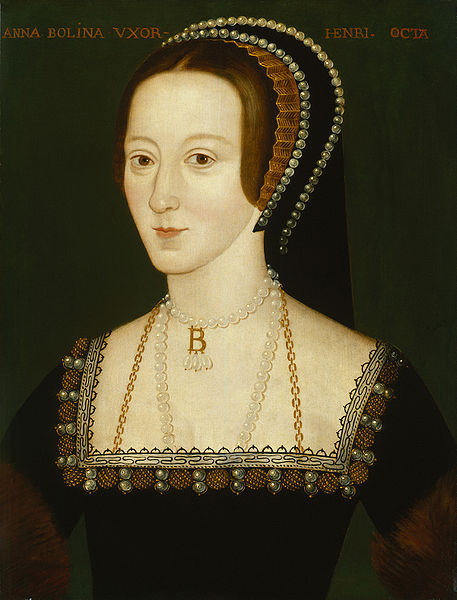
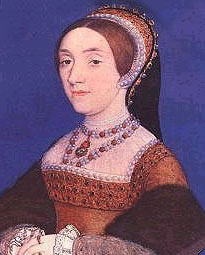
Thomas Howard: The Uncle of Two Queens
By 1522, Thomas Howard started to lose power. He was constantly against Cardinal Wolsey, who preferred to stay away from wars and battles unlike him. Thomas also lost his position as Lord Admiral, when the Duke of Richmond replaced him. Between 1535 and 1528, Thomas spent time away from Court and felt like he was pushed away. He needed to do something to rise in power again. By the time he returned to Court, he had the perfect way—by attaching himself to the faction that was increasing in power. Luckily enough, that faction—the Boleyns—were related to him. His sister, Elizabeth Howard, had married into the family and was Anne Boleyn’s mother.
Norfolk managed to get himself involved with the attempt to dissolve the marriage between King Henry VIII and Queen Catherine of Aragon to put his niece on the throne. He was rewarded with the handling of more state matters and worked with the Boleyn faction and the Duke of Suffolk to remove Cardinal Wolsey from power. That led to the arrest of the Cardinal who died before he could be tried. Norfolk soon found himself as the leading councillor for the King and continued to try to remove Catherine from the throne. It worked! In 1533, the marriage to Catherine of Aragon was annulled and the marriage to Anne Boleyn was made valid. He was now the uncle to the Queen of England.
When Anne Boleyn was convicted of treason and adultery in 1536, Thomas Howard made sure he remained in power. He was one of the members of the jury to convict his own niece. He didn’t care about family and he proved this point a few years later when his second niece became Queen of England. Katherine Howard caught the eye of the King of England in 1540 and they were married shortly after; however, she was executed just 18 months later.
Thomas Howard was very lucky to keep his head the second time around. This time Henry was so angry that he imprisoned the whole of the Howard family, including the Dowager Duchess of Norfolk, Thomas’ step-mother. Thomas was the only member of the family to avoid any punishment. In fact, Marillac, the French ambassador wrote about how Norfolk has been restored ‘to his full former credit and authority’ on January 17, 1541.
How Much Do You Know About Thomas Cromwell?
Thomas Howard Works Against Thomas Cromwell
When two men are fighting for the most power, it is clear that one will eventually lose. Thomas Howard made sure that it was not him. When up against Thomas Cromwell, Howard made sure he was on the opposite side of the religious reformation—probably the side that he truly believed in. While Cromwell attempted to further the reformation, Howard was deeply against it and presented the six conservative articles on May 16, 1539. They were known as the Six Articles and became law just over a month later.
The battle between Howard and Cromwell continued. On June 29, 1539, while dining with King Henry, Suffolk and the Archbishop of Canterbury, there was a heated discussion about Wolsey. Howard and Cromwell called each other disloyal and liars and it was clear that they hated each other. Thomas Howard managed to lead to Cromwell’s downfall by getting him to organise Henry VIII’s fourth marriage to Anne of Cleves. After Henry VIII was disappointed with his fourth bride, Thomas used it to his advantage to bring down his opponent for good. Thomas Cromwell was executed on July 28, 1540, after the annulment of Henry’s marriage to Anne.
A Fun Quiz about Thomas Howard
view quiz statistics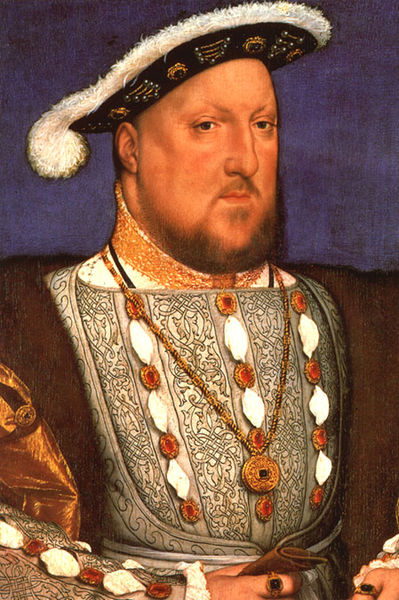
The Downfall of Thomas Howard
During the campaign against France in 1544, Thomas Howard showed signs of losing favour with the King. He started the siege of Montreuil but know that Boulogne wasn’t a place that England could hold, despite King Henry capturing it a few months earlier. Thomas made the decision to withdraw to Calais and this was something Henry was forever angry at him for. It cost Henry his campaign!
Along with that, a new man took the place of Thomas Cromwell—Edward Seymour, the older of Jane Seymour’s two brothers. Along with that, Katherine Parr, the sixth wife of Henry VIII, was a reformist sympathiser. Howard found himself pushed out so tried to save himself by arranging a marriage between Seymour’s son, Thomas, and his own widowed daughter, Mary Fitzroy. However, Thomas Howard’s eldest son, Henry Howard, stopped the talks after being arrested for treason.
Thomas Howard was arrested at the same time. Thomas admitted to concealing high treason through the use of using St. Edward the Confessor’s arms. As an apology, he offered Henry VIII all his lands. Both Thomas’ wife—who was estranged by this point—and mistress, Elizabeth Holland, gave evidence against Howard and his son, leading to the execution of the younger Howard on January 19, 1547. There was no trial against Thomas and he was attainted due to a statute on January 27, 1547. The only thing that saved him was the death of Henry VIII.
While he could have been executed, the royal commissioners decided that bloodshed should not be the way to start Edward VI’s reign. However, Thomas remained in the Tower of London throughout the young king’s reign. It was Mary I who decided to release Thomas in 1553 when she was made Queen of England. She partly compensated him by giving him lands that were worth £1,626 per year and the statute was made void. He was a duke once again and became a member of the Privy Council.
While he started to gain more power again, his ailing health stopped him from getting the power he dreamed of. He died on August 15, 1554, presumably of old age. He was 80 at the time of his death, which was very old for 16th century standards. Two children survived him, Mary and Thomas, and he was buried in Suffolk at St. Michael’s Church, Framlingham.




